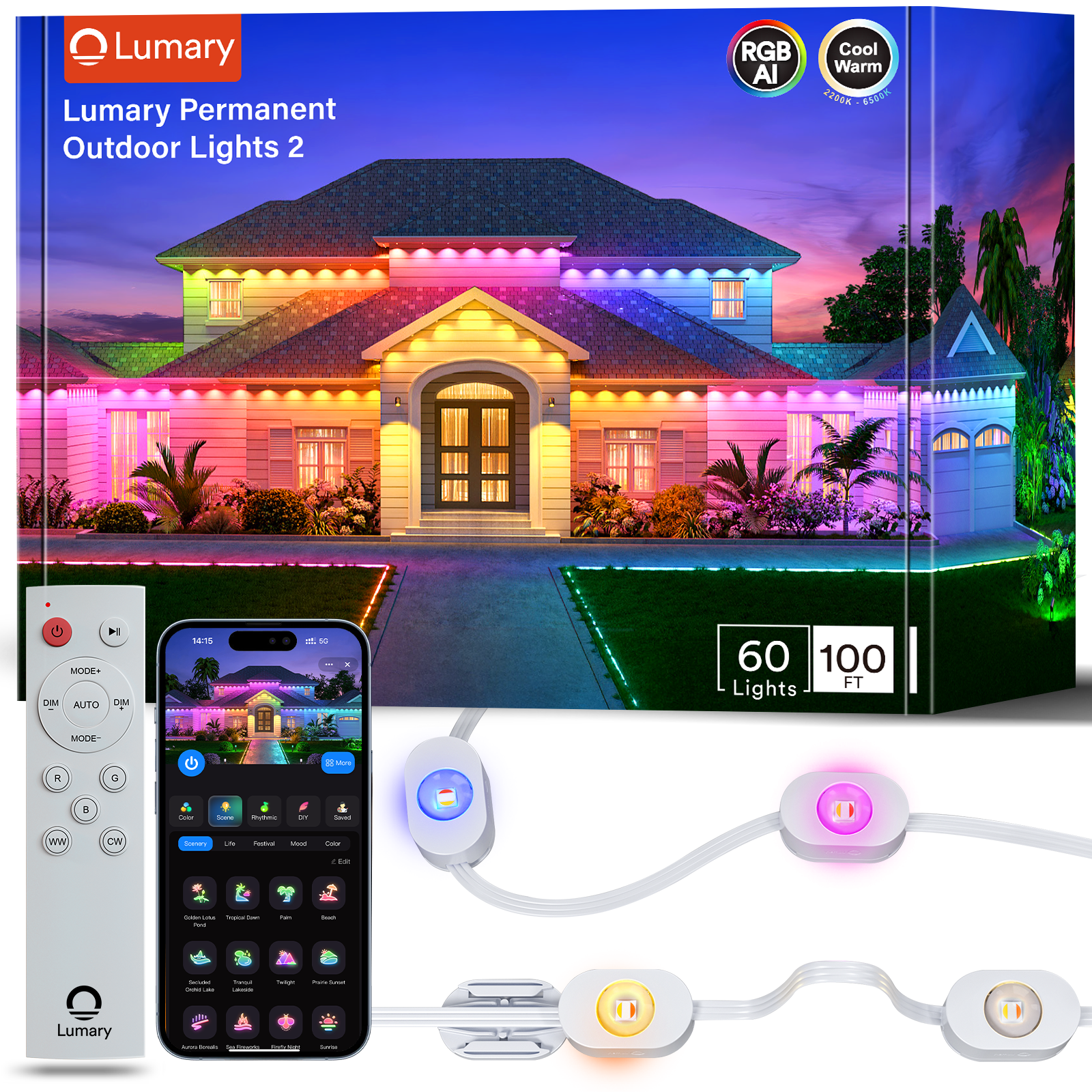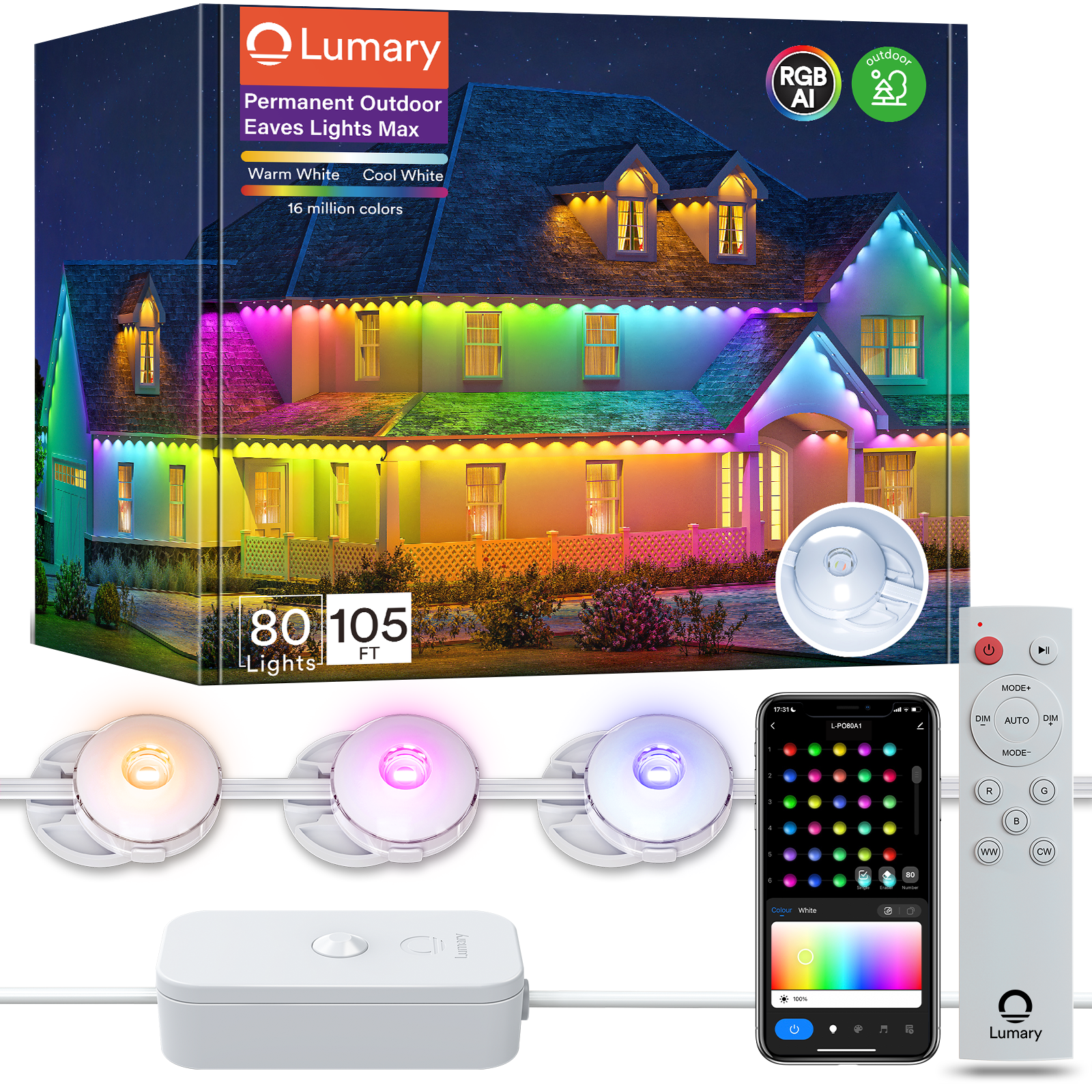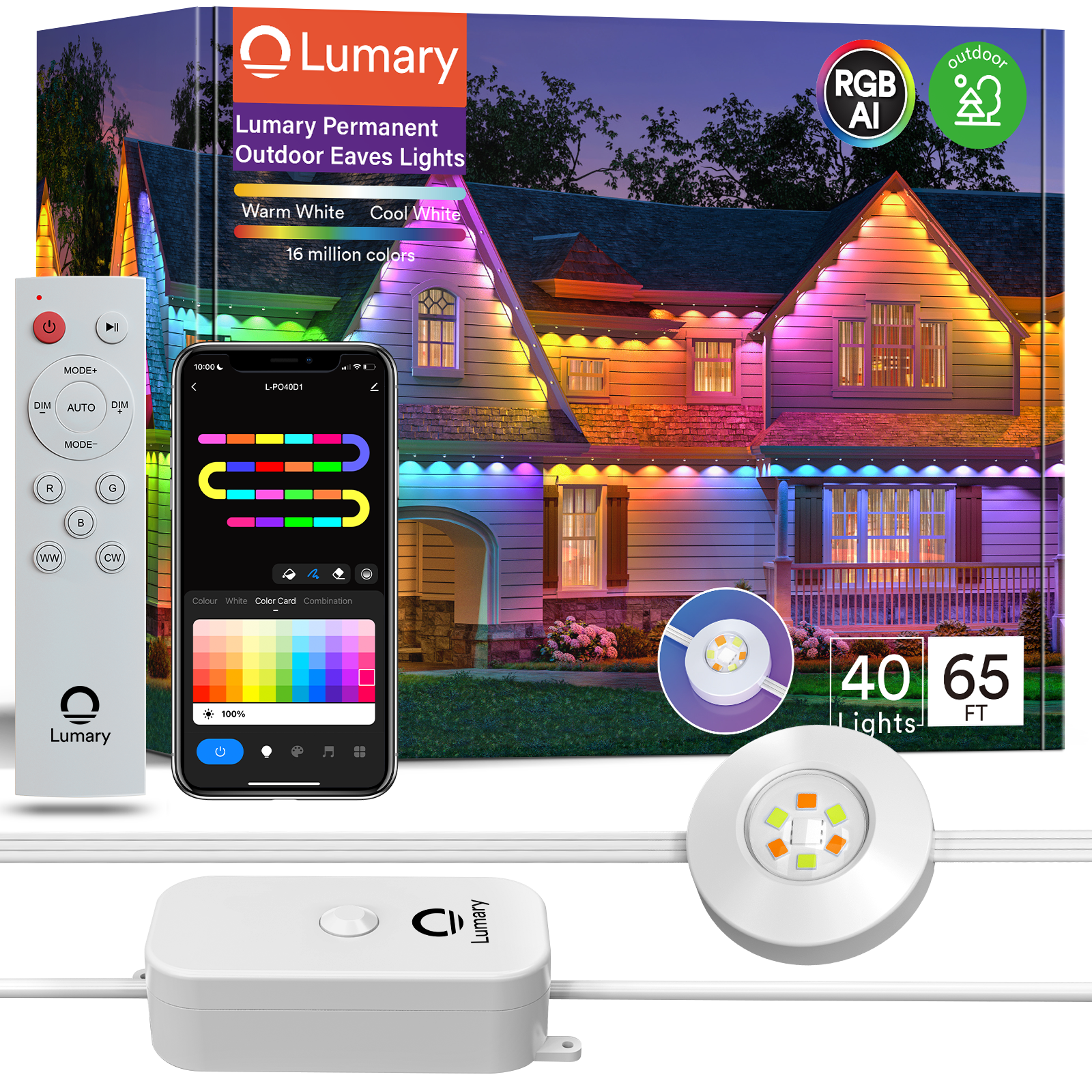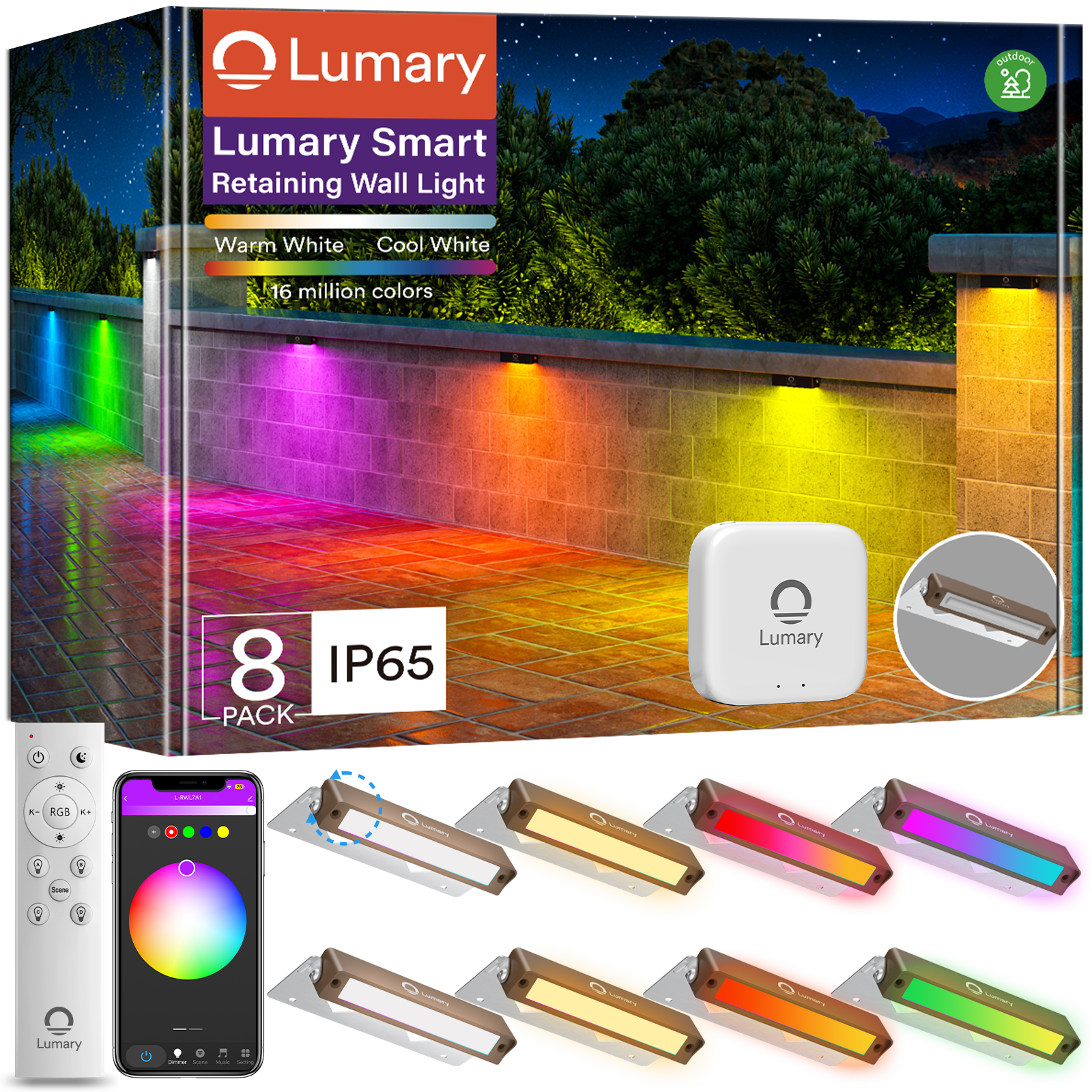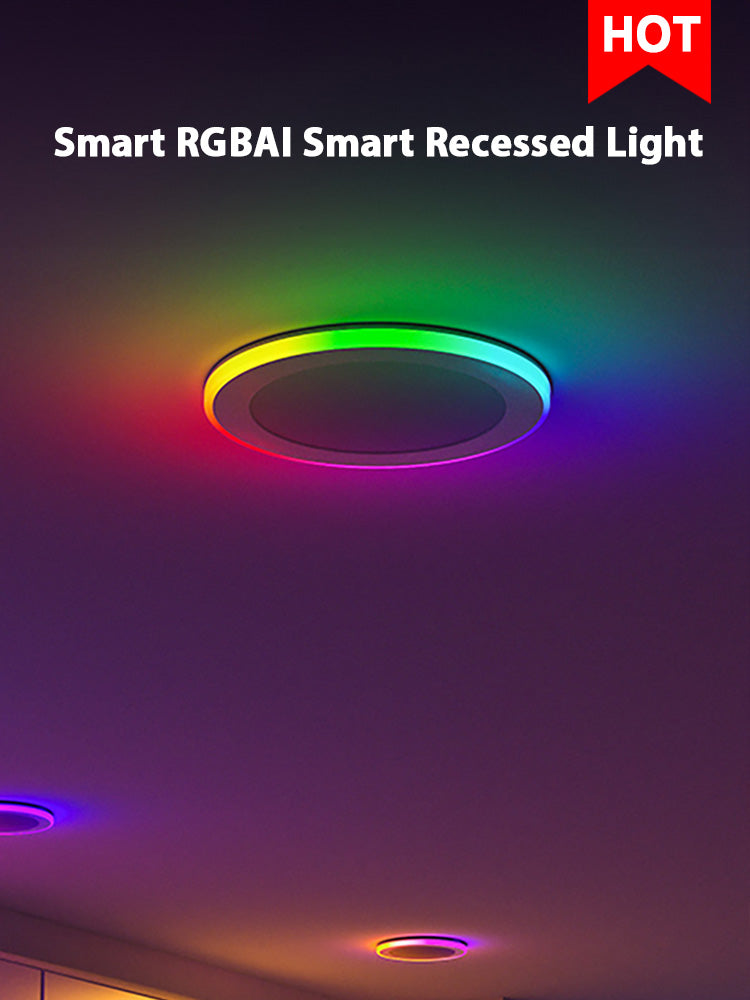Choosing the right LED flood lights is crucial for optimal lighting. These lights offer significant benefits, such as energy efficiency and longevity. LED floodlights last up to 25 times longer than halogen lights. This blog aims to guide you in making an informed decision.

Understanding LED Flood Lights
What is an LED Flood Light?
Basic definition and functionality
LED flood lights provide powerful, wide-ranging illumination. These lights use light-emitting diodes (LEDs) to produce bright, efficient light. Unlike traditional halogen or incandescent bulbs, LEDs convert most of the energy into light rather than heat. This efficiency makes LED flood lights a popular choice for various applications.
Common uses and applications
LED flood lights serve many purposes. These lights illuminate large areas such as parking lots, stadiums, and building facades. Homeowners use these lights for security, lighting up driveways and backyards. Businesses install LED flood lights to enhance visibility and safety around their premises. The versatility of these lights makes them suitable for both residential and commercial settings.
Advantages of LED Flood Lights
Energy efficiency
LED flood lights excel in energy efficiency. These lights consume less power compared to traditional lighting options. For example, a 20-watt LED flood light can produce the same brightness as a 100-watt halogen bulb. This reduction in energy consumption leads to lower electricity bills. Over time, the savings can be substantial.
Longevity and durability
The longevity of LED flood lights sets them apart from other lighting solutions. These lights can last up to 50,000 hours. Some brands even offer lights that last up to 100,000 hours. In comparison, halogen lights typically last only 2,000 hours. The durability of LED flood lights also means fewer replacements and lower maintenance costs.
Environmental benefits
LED flood lights offer significant environmental benefits. These lights do not contain toxic materials like mercury, which is found in some other types of bulbs. Additionally, LEDs produce less waste because of their long lifespan. The energy efficiency of LED flood lights reduces carbon emissions, contributing to a smaller carbon footprint. Governments worldwide support the use of LEDs to achieve sustainable development goals.
Key Factors to Consider
Brightness
Measuring lumens
When selecting LED flood lights, consider lumens. Lumens measure the brightness of a light source. Higher lumens indicate brighter light. For instance, a 2000-lumen light provides ample illumination for small residential areas like backyards. Always check the lumens rating on the packaging.
Determining the right brightness for your needs
Determine the required brightness based on the area size and purpose. For security, choose higher lumens. For ambiance, opt for lower lumens. Assess the space and decide accordingly. Remember, lumens guide the brightness level, not wattage.
Color Temperature
Understanding Kelvin ratings
Color temperature affects the ambiance and mood of lighting. Kelvin (K) ratings measure color temperature. Lower Kelvin ratings (2200K – 2700K) produce warm white light. Higher Kelvin ratings (3000K – 4100K) emit cool white light. Understand Kelvin ratings to make an informed choice.
Choosing the appropriate color temperature for different settings
Select color temperature based on the setting. Warm white (2200K – 2700K) suits living rooms and bedrooms. Cool white (3000K – 4100K) fits kitchens, bathrooms, and study rooms. Match the color temperature to the room's function for optimal lighting.
Beam Angle
Definition and importance
Beam angle determines light distribution. A wider beam angle covers more area. Narrow beam angles focus light on specific spots. Understanding beam angle helps in choosing the right LED flood lights for your application.
Selecting the right beam angle for your application
Choose the beam angle based on the area size and purpose. For large spaces, opt for a wider beam angle. For focused lighting, select a narrow beam angle. Proper beam angle selection ensures effective illumination.
Energy Efficiency
Comparing wattage and lumens
When selecting LED flood lights, understanding the relationship between wattage and lumens is crucial. Wattage measures energy consumption, while lumens measure brightness. For instance, a 20-watt LED flood light can produce the same brightness as a 100-watt halogen bulb. This efficiency allows you to achieve desired illumination levels with lower energy use. Always check both wattage and lumens to ensure optimal performance and energy savings.
Energy-saving features to look for
Look for LED flood lights with advanced energy-saving features. Some models include dimming capabilities, allowing you to adjust brightness based on needs. Motion sensors can also contribute to energy savings by activating lights only when movement is detected. Additionally, some LED flood lights offer smart controls that enable remote operation and scheduling, further enhancing energy efficiency.
Durability and Weather Resistance
IP ratings and what they mean
The Ingress Protection (IP) rating indicates the level of protection against dust and water. For outdoor LED flood lights, an IP65 rating or higher is recommended. The first digit in the IP rating represents protection against solid objects, while the second digit indicates resistance to liquids. For example, an IP65 rating means the light is dust-tight and protected against water jets. Understanding IP ratings ensures you select durable and weather-resistant LED flood lights.
Materials and build quality
The materials and build quality of LED flood lights significantly impact their durability. Look for lights made from high-quality materials such as aluminum or stainless steel. These materials offer excellent resistance to corrosion and physical damage. Additionally, ensure the lights have robust seals and gaskets to prevent moisture ingress. High-quality construction guarantees long-lasting performance and reduces maintenance costs.
Additional Features and Considerations
Motion Sensors
Importance of PIR (Passive Infrared Receiver)
LED flood lights with motion sensors enhance security. The Passive Infrared Receiver (PIR) detects movement by sensing heat changes. This technology activates the light when someone enters the detection zone. PIR sensors provide reliable performance in various weather conditions. LED flood lights with PIR sensors deter intruders and save energy by operating only when needed.
Choosing the right lumens for motion detection
Selecting the appropriate lumens for motion detection is crucial. Higher lumens ensure better visibility and security. For small areas like driveways, 2000 lumens may suffice. Larger spaces such as parking lots require higher lumens, around 5000 or more. Evaluate the area size and lighting needs to choose the right brightness level.
Smart Features
Integration with home automation systems
Modern LED flood lights offer smart features that integrate with home automation systems. These lights connect to smart hubs like Amazon Alexa or Google Home. Integration allows you to control the lights using voice commands or mobile apps. Smart LED flood lights provide convenience and enhance your home's security system.
Remote control and scheduling
Remote control and scheduling features add flexibility to LED flood lights. You can adjust brightness, set timers, and create schedules through a smartphone app. These features help manage energy consumption and ensure lights operate only when necessary. Remote control options also allow you to turn lights on or off from anywhere, providing added security.
Installation and Maintenance
Ease of installation
Ease of installation is a key consideration for LED flood lights. Many models come with user-friendly mounting brackets and clear instructions. Some lights offer plug-and-play designs, eliminating the need for professional installation. Ensure you choose lights that fit your installation skills and requirements.
Maintenance tips for longevity
Proper maintenance extends the lifespan of LED flood lights. Regularly clean the light fixtures to remove dust and debris. Inspect seals and gaskets to ensure they remain intact and prevent moisture ingress. Replace any damaged parts promptly to maintain optimal performance. Following these tips will help your LED flood lights last longer and perform better.
Budget and Cost
Balancing cost with quality
When selecting LED flood lights, consider both cost and quality. High-quality LED flood lights often come with a higher price tag. However, these lights offer superior performance and durability. Investing in high-quality lights reduces the need for frequent replacements. This investment saves money in the long run.
Evaluate the materials and build quality of LED flood lights. Look for lights made from durable materials such as aluminum or stainless steel. These materials resist corrosion and physical damage. High-quality construction ensures long-lasting performance. Avoid cheap options that may fail quickly and require frequent replacements.
Long-term savings and ROI
LED flood lights provide significant long-term savings. These lights consume less energy compared to traditional lighting options. For example, a 20-watt LED flood light can produce the same brightness as a 100-watt halogen bulb. This efficiency leads to lower electricity bills. Over time, the savings can be substantial.
Consider the lifespan of LED flood lights. These lights can last up to 50,000 hours. Some brands even offer lights that last up to 100,000 hours. In comparison, halogen lights typically last only 2,000 hours. The longevity of LED flood lights reduces maintenance costs and the need for frequent replacements.
Calculate the return on investment (ROI) for LED flood lights. Factor in the initial cost, energy savings, and reduced maintenance expenses. High-quality LED flood lights often pay for themselves within a few years. The long-term benefits make them a smart financial choice.
Review the key points discussed. Consider the importance of lumens, color temperature, and beam angle. Assess your individual needs and preferences. Evaluate the area size and purpose for optimal lighting.
Explore various LED flood light options. Make an informed purchase to enhance your space's illumination. Choose high-quality, energy-efficient lights for long-term savings. Invest in durable and weather-resistant models for outdoor use. Achieve brilliant brightness and excellent energy savings with LED flood lights.


